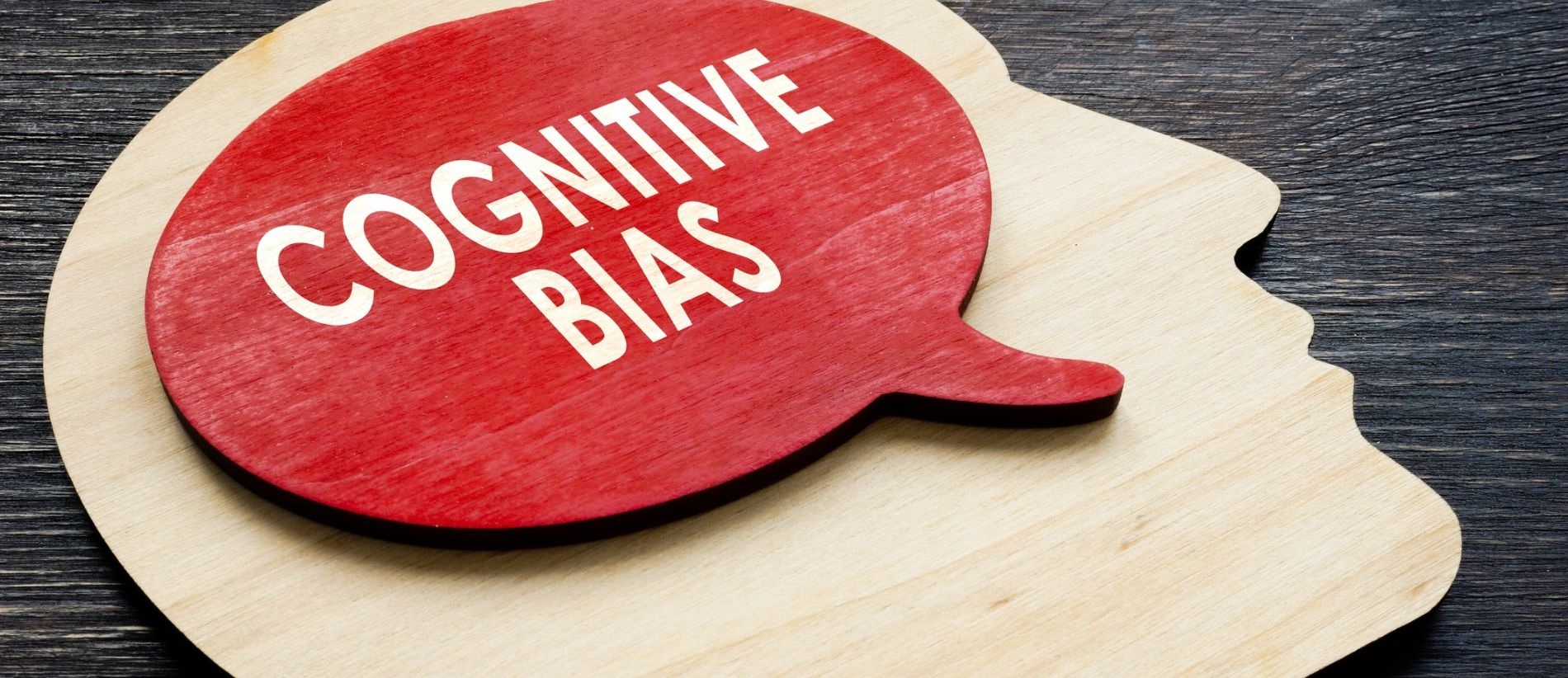Hayley Barnard is the CEO of MIX Diversity Development (opens a new window), specialists in diversity and inclusion consultancy, training and e-learning. She hosted a seminar about unconscious bias during the Lockton Benefits Forum on Friday, June 10, 2022.
It’s well known that organisations are making greater efforts to become more diverse in their employee makeup. However, with 70% of UK people saying that they have been discriminated against in the workplace or when applying for a new job, it appears that much is still to do to change the culture of the corporate world. While organisation-wide initiatives to be more inclusive demonstrate conscious efforts to affect change, the unconscious biases that run throughout all people – including boards and management – can play a damaging role in creating a diverse workspace. It is imperative that leaders are equipped with an understanding of, and tools to mitigate, bias - leaders and influencers within the business hold the key to driving true change.
Defining unconscious bias
‘Unconscious bias’ is the term used for how our subconscious mind sways our opinions and treatment of people. Factors including past experiences, upbring, education, social commentaries, and others all shape our unconscious bias.
For example, people often surround themselves with others who agree with their opinions, are of similar age, gender, race, or from a similar background. This isn’t inherently ‘bad’ – it is natural to gravitate towards those who are like us. However, it is important to stop and consider the assumptions that we make, particularly about those who are not like us. It may be that we have unconscious bias against certain groups. Fortunately, just as unconscious bias is a learnt behaviour, it can also be unlearned.
Identifying unconscious bias
Imagine this scenario:
A company, made up entirely of men, appoints its first female director
The new director attends a board lunch prior to her first meeting
Upon arriving, she approaches to shake hands with a fellow board member
The director she approaches hands her his coffee cup, mistaking her for catering staff
Unfortunately, this example really happened. Of course, when the meeting began, and the director in question saw that he had mistaken a board member for catering staff, he may have been embarrassed and apologised.
What I want to focus on is the question: what was going through the director’s mind when he made the mistake?
Unconscious bias presents itself as a knee-jerk reaction - we rely on our past experiences to shape our reactions today. Let’s say that the gentleman in question had only experienced all-male boards before: these experiences led him to assume the woman he saw in front of him was more likely to be catering staff than a peer. We could speculate that he had an unconscious bias about the roles that men and women play in business.
Gender and racial bias are incredibly harmful, though they are not the only ways our unconscious bias presents itself. We should also be aware of:
Affinity bias: surrounding ourselves with people from a similar background or with a similar mindset, creating a less diverse board or management group
Benevolence bias: bias which is ‘wrapped up as kindness’ and risks keeping employees in their comfort zones. For example, avoiding asking an introvert to host a presentation because we assume it would be too uncomfortable or daunting for them. This could ultimately prevent them from progressive opportunities
Group think: The tendency to agree with the majority. It may be that we can also unconsciously use status to influence how others agree or disagree on matter (this is Authority Bias). Both can suffocate opposing or innovative views, creating a “yes boss” mentality.
These unconscious biases all have one common thread – they ultimately stifle diversity of voice and experience in the positions of influence that can affect change.
Changing unconscious bias is not easy, but there are tools
When seeking to create an increasingly open and diverse work environment, there are some simple tools to help make difficult changes. These include:
Take two seconds: Unconscious bias kicks in when we have no past experiences for what’s happening today and we quickly make a decision or an assumption. Instead, try taking a breather before tackling a new problem: it will mean that you are using your conscious mind to influence your actions, rather than your unconscious.
Leader speaks last: In an effort to gain a more diverse opinion set at meetings, try having senior figures (or influential figures) speak last. This mitigates Authority Bias and can also go some way to undermining Group Think, hopefully creating a more diverse environment for opinions.
These tools can prove effective for changing the landscape for employees already in the business. However, unconscious bias is also prevalent in recruitment and talent attraction. Accordingly it is important to identify ways to change how the company looks for prospective candidates. These include:
Clear and honest job descriptions: Job descriptions can be lengthy, and some candidates – particularly women – will not apply for a role unless they feel they meet all of the requirements. For example, posts which require international travel once or twice a year should avoid phrasing the need to travel as a ‘regular’ part of the role. Keeping job descriptions realistic and honest will help in attracting a wider pool of candidates.
A diverse interview panel: The more different faces you see during an interview process, the better. Having prospective candidates speak with a number of people from different avenues of the business will help not only get a better understanding of the candidate, but also demonstrate the variety of voice and approaches throughout the company.
Unconscious biases are a natural part of the human mind but just as we learn them, we can unlearn them too.


